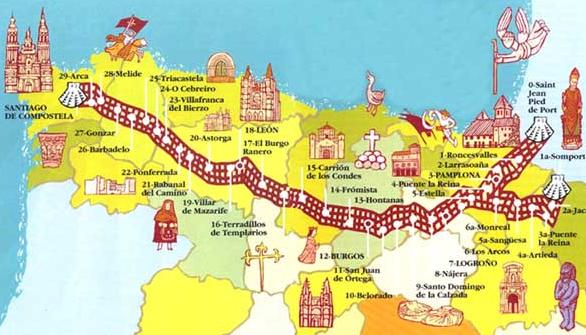

The history of the Camino de Santiago ("Way of Saint James") goes back over a thousand years to the 813 AD. Teodomiro, the bishop of Iria Flavio (just outside Santiago de Compostela), informed King Alfonso II of Asturias that a tomb had been discovered containing the remains of the apostle Santiago (St. James). St. James had been decapitated in 44 AD in Jerusalem, but his followers had stolen the body and transferred it by boat to Spain, burying it at Iria Flavio.
|
Once word was out that the remains of the saint had been found, a pilgrimage began to pay homage at this holy site. The Cathedral of Santiago, consecrated in 1128, stands over the tomb of the apostle and the faithful have been flocking here ever since, following a series of well-worn paths known collectively as the "Camino de Santiago" which stretch across northern Spain. |
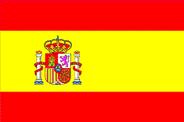 |
|
|
The " Camino de Santiago " (way of St. James) takes us along this 12 century old pilgrimage route which begins in Spain at the town of Roncesvalles in the Pyrenees Mountains and follows along the French border to the Cathedral of Santiago de Compostela in Galicia in northwestern Spain. It is said that the Camino lies directly under the Milky Way and follows the ley lines that reflect the energy from the stars above it. The Camino de Santiago has been traveled for thousands of years by saints, sinners, generals, misfits, kings and queens. It is done with the intent to find one's deepest spiritual meaning. |
Our trip follows the original pilgrimage trail through the Spanish countryside. The full trip is 800km (500 miles) of trails, double track, dirt roads and in a few cases bits of paved roadway, though we won't be traveling that far. The scenery is absolutely breathtaking and is loaded with so much history it makes most North American history books look like yesterdays newspaper. Since the start of the pilgrimage route in the year 840, the stopping points began to form towns, hospitals and refuges for the up to 1 million pilgrims that walked the trail every year from Europe to Santiago de Compostela to visit the remains of St. James. Since these towns and villages were built for the pilgrim travelers, we will be spending our nights in some pretty awesome spots.
|
|
|
 |
I have to apologize to all of you who have been waiting to hear from us. All is well; we are enjoying this Camino journey to the full. It is such an intense experience that I honestly do not find the time to write. |
|
|
|
|
I just savor every moment, including the tough ones. On the whole we walk an average of 20 kilometer a day, which is peanuts for most professional camineros
|
 |
|
The terrain is for ever changing: gravel, rocky, grass, asphalt,earth, deep mud in which we wallowed like First World War soldiers. |
|
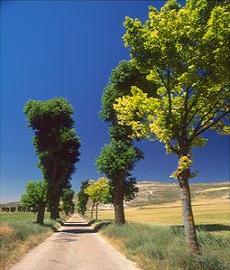 |
|
|
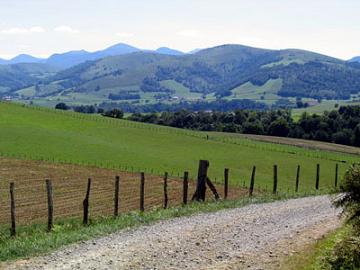 |
|
|
 |
|
|
|
Crossing the Pyrenees in the pelting rain was a feat in itself but we survived. The scenery keeps us happy despite the aches and pains: luscious meadows, forests, rolling hills and windmills, myriads of spring flowers- fields and fields of poppies undulating in the breeze, birds chirping, babbling brooks and gushing rivers.
|
We have admired many Romanesques churches |
|
|
|
|
|
and there is always an old fountain to quench our thirst. |
||
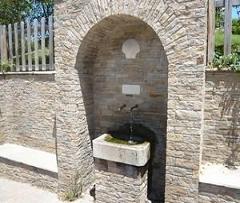 |
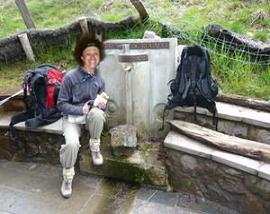 |
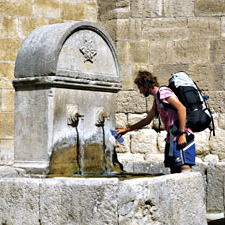 |
|
|
Apart from rain and spectacular electric storms, we have had many sunny and some windy days. We count our blisters and wounds (Harvey fell twice) but we are happy. 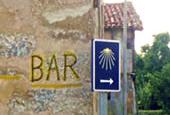
At night we partake of the traditional pilgrim's dinner with fellow camineros from all over the world and sample the local wine. Every night I have either too tipsy or too tired to write. |
|
|
We
have passed Burgos where we visited the cathedral.
|
||
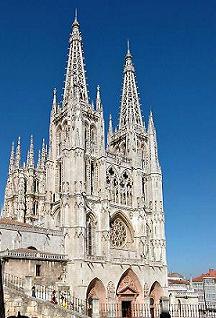 |
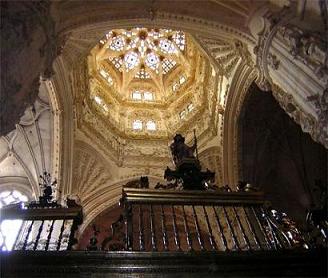 |
|
|
We are now crossing the Meseta (reminiscent of the Canadian Prairies) bound for Leon. |
||
|
|
|
Neither Harvey nor I will have time to finish the journey by foot but who cares.
This is a great experience. I enjoy the physical challenge immensely.
Take good care and buon camino as they say here.
Daphne